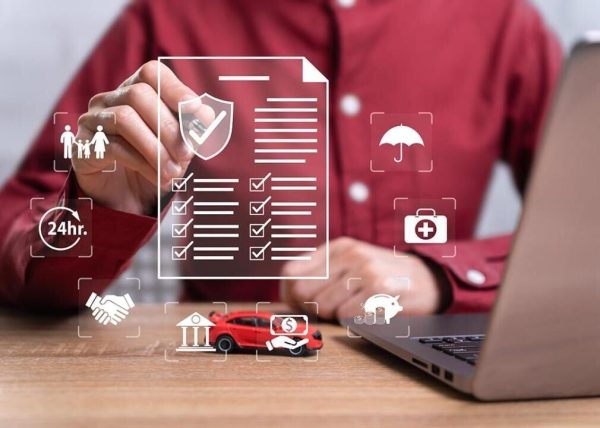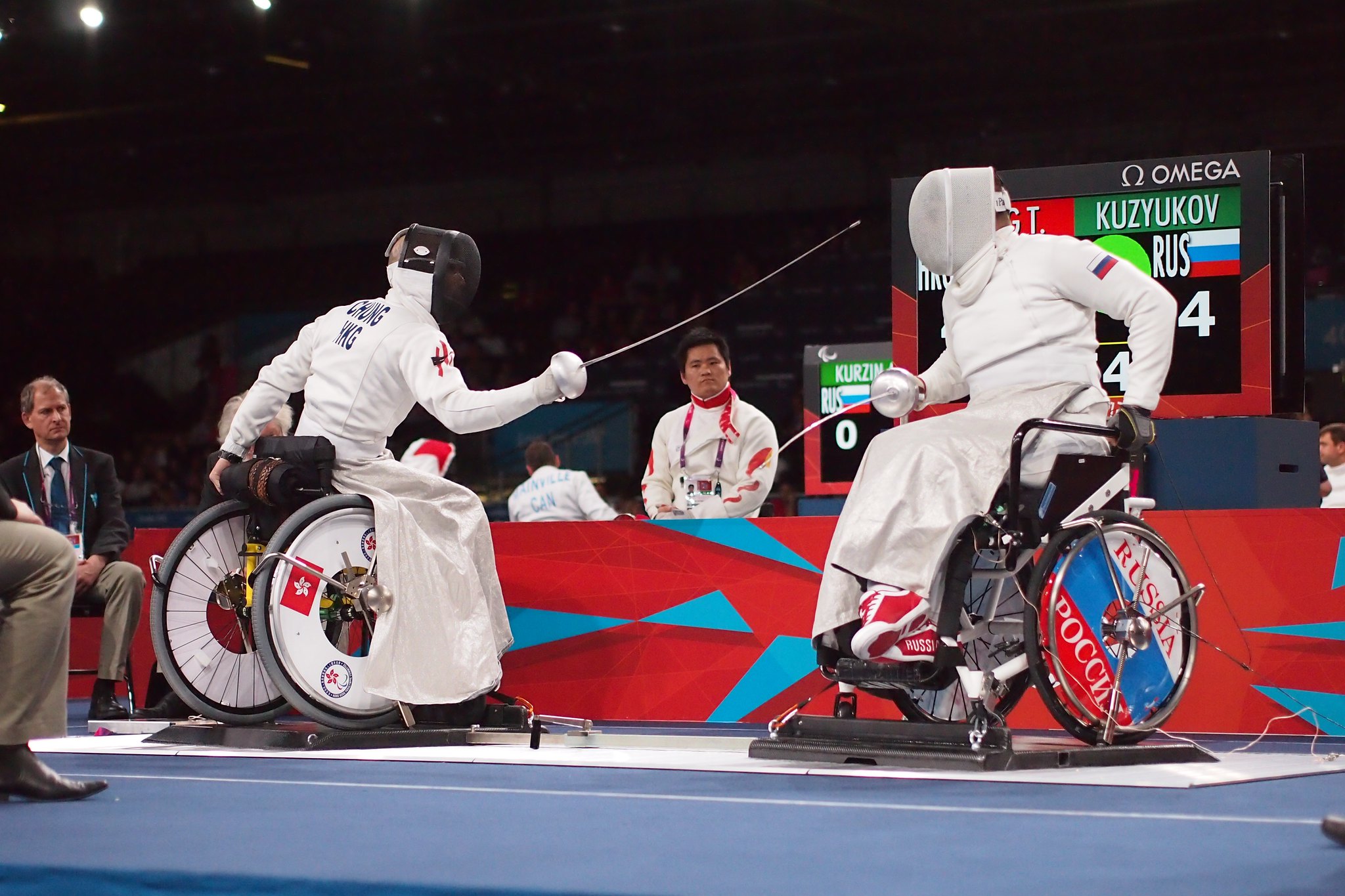Hitting the road comes with inherent risks. A reliable car insurance policy is supposed to be your safety net, catching you financially if you’re ever in an accident. But with various coverage options and fluctuating costs, it’s easy to wonder: Are you getting the most out of your car insurance?
CheapInsurance.com reviewed the issues and questions surrounding car insurance coverage, exploring the concept of being overinsured. We’ll help you discover the different types of coverage, understand the legal requirements and ultimately find the perfect balance between financial protection and responsible spending on your car insurance.
Understanding coverage
Car insurance can seem complex, but knowing the different types of coverage is the first step to understanding your options and avoiding being overinsured. Here’s a breakdown of the key components:
Liability Coverage. This is mandatory in almost every state. It covers injuries and property damage caused to others if you are at fault in an accident. Minimum liability limits are set by your state, but you can choose higher limits for greater protection.
Collision Coverage. This pays for repairs to your car if it’s damaged in a collision with another vehicle or object, regardless of fault.
Comprehensive Coverage. This covers damage to your car from events other than collisions, such as theft, fire, vandalism, hail, or animal strikes.
Full coverage defined
It’s important to clarify that full coverage is not an official insurance term. However, it’s commonly used in the industry to describe a policy that combines:
- Liability coverage: As mentioned above, protects others in case you’re at fault.
- Collision coverage: Pays to repair your car after a collision.
- Comprehensive coverage: Protects your car from noncollision incidents.
While “full coverage” might sound comprehensive, it’s important to remember that it doesn’t cover everything. You might want to consider additional coverages like uninsured/underinsured motorist or medical payments depending on your needs.
Required coverage for financed or leased vehicles
If you’re financing or leasing a car, your lender or leasing company will likely require more coverage than just minimum liability. They typically mandate:
Collision coverage. This ensures your loan or lease is paid off even if your car is totaled in a collision.
Comprehensive coverage. Similar to collision coverage, but for noncollision incidents. This protects the lender’s financial interest in the vehicle.
Additional coverages to consider
Uninsured/Underinsured Motorist Coverage: This protects you if you’re hit by a driver with no insurance or not enough insurance to cover your damages.
Medical Payments Coverage: This helps pay for medical bills for you and your passengers in case of an accident, regardless of fault.
These are just some of the most common types of car insurance coverage. The specific options and their costs will vary depending on your insurer, location, and vehicle.
Overinsured vs. underinsured
Now that you understand the different types of coverage, let’s explore the two extremes of car insurance: being underinsured and being overinsured.
The perils of being underinsured
Imagine this: You’re in an accident and are found at fault. The other driver’s car suffers significant damage, and they sustain serious injuries. Your minimum liability coverage only pays up to a certain amount for property damage and medical bills. But the total cost is much higher. Here’s where the danger of being underinsured hits.
You’re on the hook for the remaining balance. If the damages exceed your coverage limits, you’ll be personally responsible for the remaining balance. This can lead to significant financial hardship, including dipping into savings or even facing wage garnishments.
Risk to your other assets. If the costs are substantial enough, the other party might sue you to recover the remaining damages. This could put your home, savings, or other assets at risk.
Not just about your car. While the focus might be on your car’s value, remember that liability coverage protects you from more than just vehicle damage. Medical bills for injured parties can quickly climb into the hundreds of thousands of dollars, far exceeding the value of your car.
Signs you might be underinsured
- You haven’t reviewed your coverage in years.
- Your car’s value has increased significantly since you purchased your policy.
- You have a high net worth or own valuable assets.
Are you overinsured?
While being underinsured poses a significant financial risk, being overinsured can also be wasteful. Here’s how to identify if you might be paying more than necessary:
- Your car is older and has a low market value.
- Having maximum limits on your coverages.
- You have a high deductible chosen to lower your premium.
- You haven’t compared car insurance quotes with other insurers in a while.
The Goldilocks zone of car insurance
The ideal scenario is finding the “just right” amount of coverage. This means having enough protection to cover your car’s value in case of a total loss, while also safeguarding your assets from liability claims.
Making informed decisions
Now that you understand the risks of both underinsurance and overinsurance, it’s time to take control of your car insurance and find the perfect balance. Here are some key strategies:
Empower yourself with knowledge
Ask questions. Don’t hesitate to ask your insurance agent detailed questions about different coverage options and their costs.
Understand your state’s minimum requirements. Liability coverage minimums vary by state, research yours to ensure you meet the legal requirement.
Consider your driving habits. A safe driving record can qualify you for significant discounts.
Tailored questions for your agent
- Given the current value of my car, what level of collision and comprehensive coverage would you recommend?
- How much would increasing my liability limits impact my premium?
- Do you offer any discounts for things like safe driving, multiple car policies, or having a security system installed in my car?
Strategies for saving money
Raise your deductible. A higher deductible lowers your premium, but remember you’ll need to pay this amount out-of-pocket in case of a claim. Choose a deductible you can comfortably afford.
Shop around and compare rates. Don’t just stick with your current insurer. Get quotes from multiple companies to ensure you’re getting the best deal.
Bundle your policies. Many insurers offer discounts for bundling car insurance with other policies like homeowners or renters insurance.
Car insurance is a balancing act. You want to be financially protected in case of an accident, but you also don’t want to overspend. By understanding the different types of coverage, the risks of underinsurance and overinsurance, and by asking the right questions, you can make informed decisions and find the perfect car insurance policy.
Written by John Davey.
This story was produced by CheapInsurance.com and reviewed and distributed by Stacker Media. The article was retitled and copy edited from its original version.
Re-published with CC BY-NC 4.0 License.







